The Power of Personalization: Why It’s the Future of Digital Marketing
In today’s digital age, consumers are bombarded with marketing messages from all directions. To cut through the noise and capture the attention of your target audience, personalization is no longer just a nice-to-have; it’s a necessity.
What is Personalization?
Personalization refers to tailoring marketing messages and content to individual customers based on their unique preferences, behaviors, and demographics. By delivering highly relevant and customized experiences, businesses can build stronger relationships with their customers, increase engagement, and drive conversions.
Why is Personalization Important?
- Improved Customer Experience: Personalized experiences make customers feel valued and understood. When they see that you’ve taken the time to understand their needs and preferences, they are more likely to be loyal and satisfied.
- Increased Engagement: Personalized content is more likely to capture attention and drive engagement. When customers see content that is relevant to them, they are more likely to click, share, and comment.
- Higher Conversion Rates: Personalized marketing campaigns have been shown to have significantly higher conversion rates. When customers see products and offers that are tailored to their specific needs, they are more likely to make a purchase.
- Enhanced Customer Loyalty: Personalized experiences can help build stronger relationships with customers, leading to increased loyalty and repeat business.
- Competitive Advantage: In today’s competitive marketplace, personalization can give your business a significant advantage over competitors who are still relying on generic marketing messages.
-
How to Implement Personalization in Your Digital Marketing Strategy
- Collect Customer Data: Gather as much data as possible about your customers, including their demographics, preferences, behaviors, and purchase history.
- Segment Your Audience: Divide your customers into segments based on shared characteristics. This will help you deliver more targeted messages.
- Use Personalization Tools: There are a variety of tools available to help you personalize your marketing campaigns, including email marketing platforms, content management systems, and customer data platforms.
- Test and Measure: Experiment with different personalization strategies and measure the results. This will help you identify what works best for your business.
Examples of Personalization in Digital Marketing
- Personalized Product Recommendations: Use customer data to recommend products that are likely to be of interest to them.
- Personalized Email Content: Tailor email content based on the recipient’s interests, preferences, and purchase history.
- Personalized Website Experiences: Dynamically adjust website content based on the visitor’s location, browsing history, and other factors.
- Personalized Social Media Ads: Target social media ads to specific demographics and interests.
The Future of Personalization
As technology continues to advance, we can expect to see even more sophisticated personalization strategies. Artificial intelligence (AI) and machine learning will play a key role in enabling businesses to deliver highly personalized experiences at scale.
Conclusion
Personalization is no longer a luxury; it’s a necessity for businesses that want to succeed in today’s competitive digital marketplace. By understanding the power of personalization and implementing effective strategies, you can build stronger relationships with your customers, increase engagement, and drive sales.
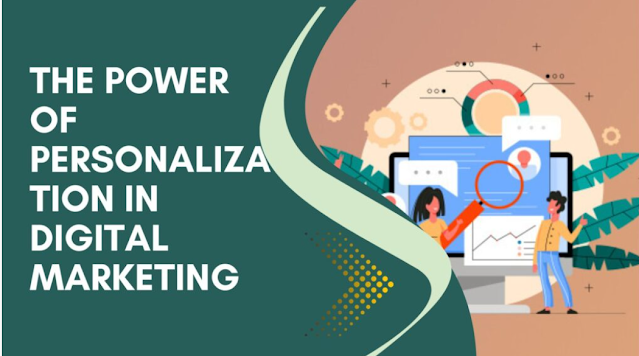
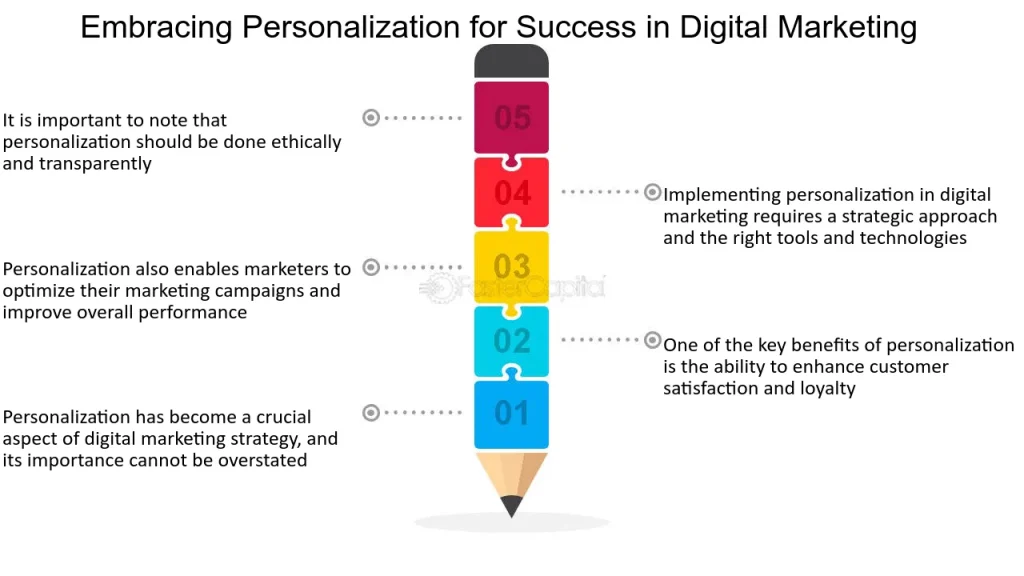



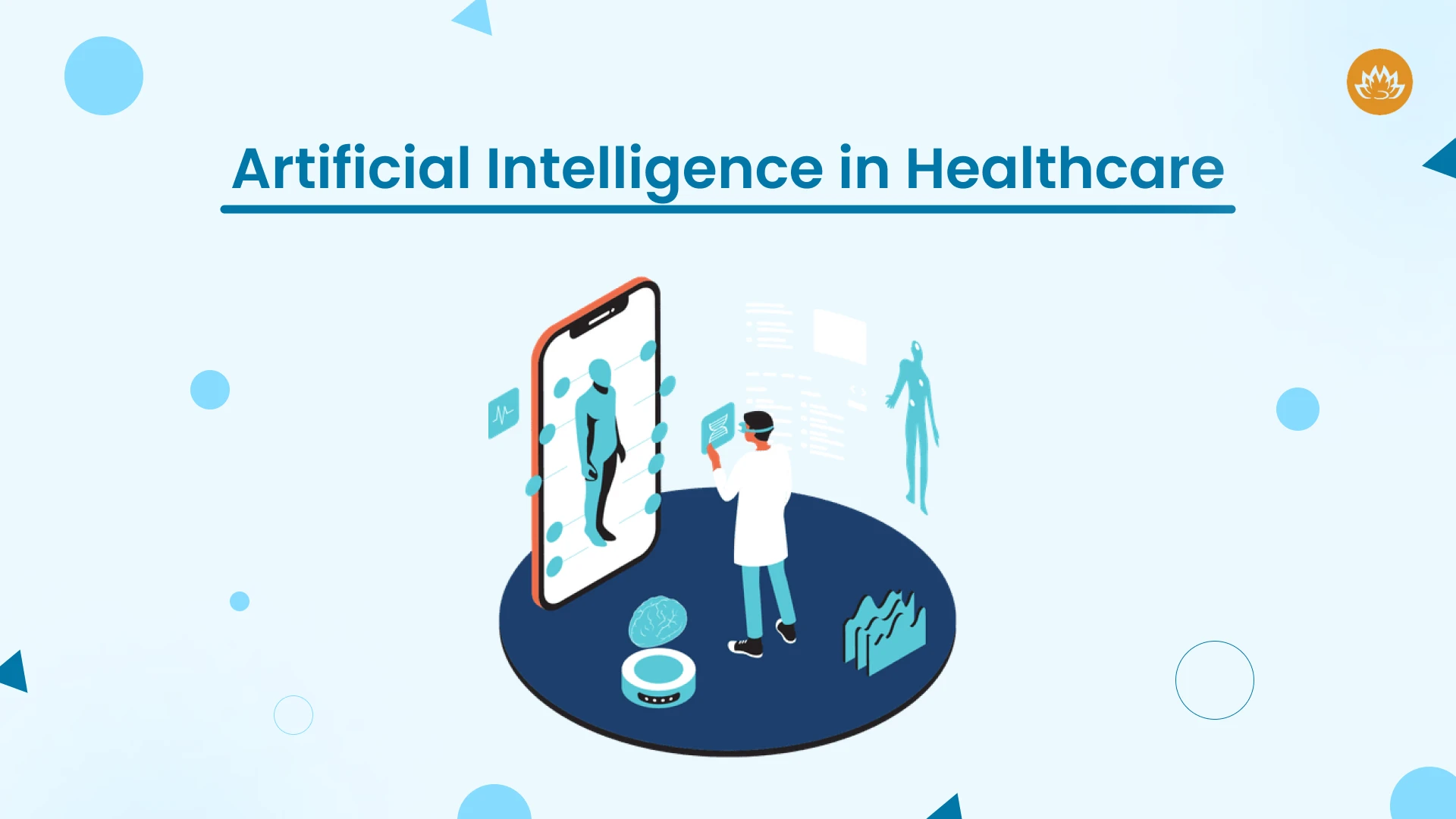
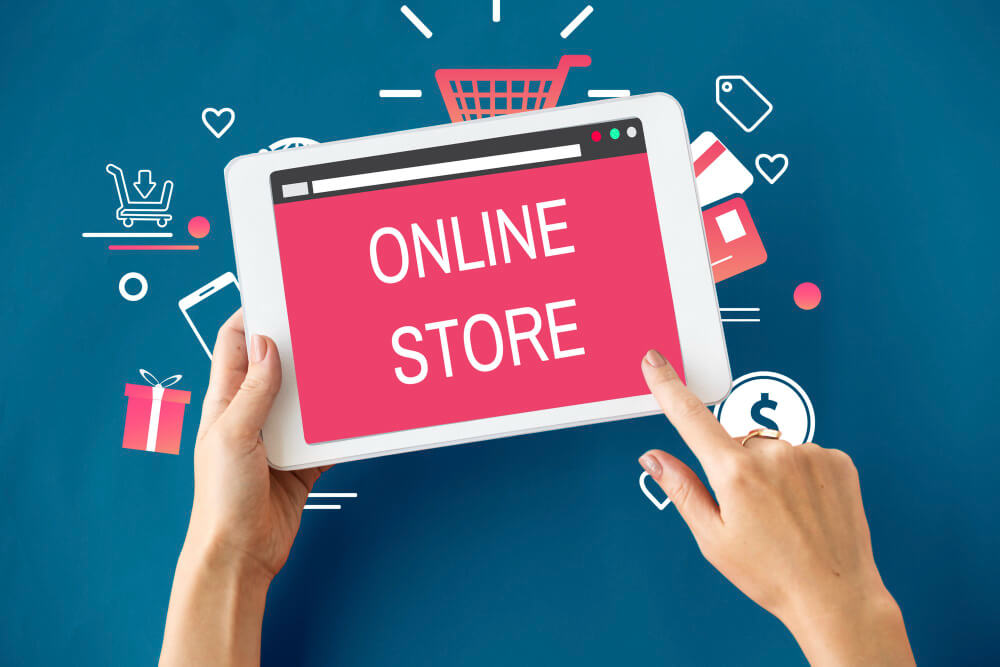
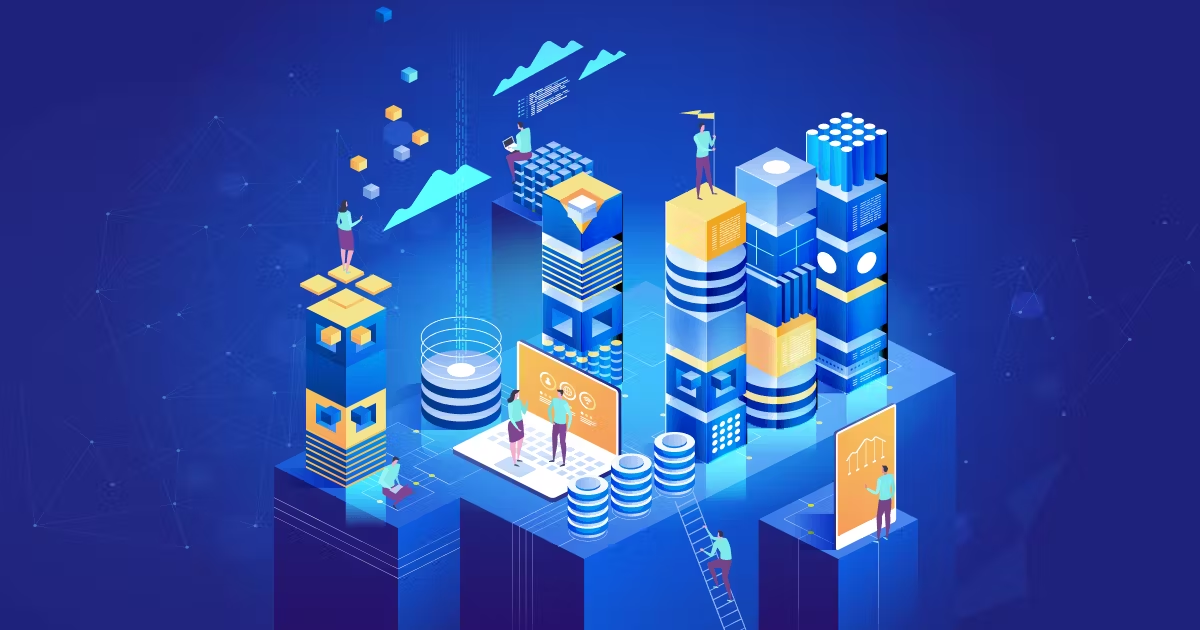
Leave a Reply